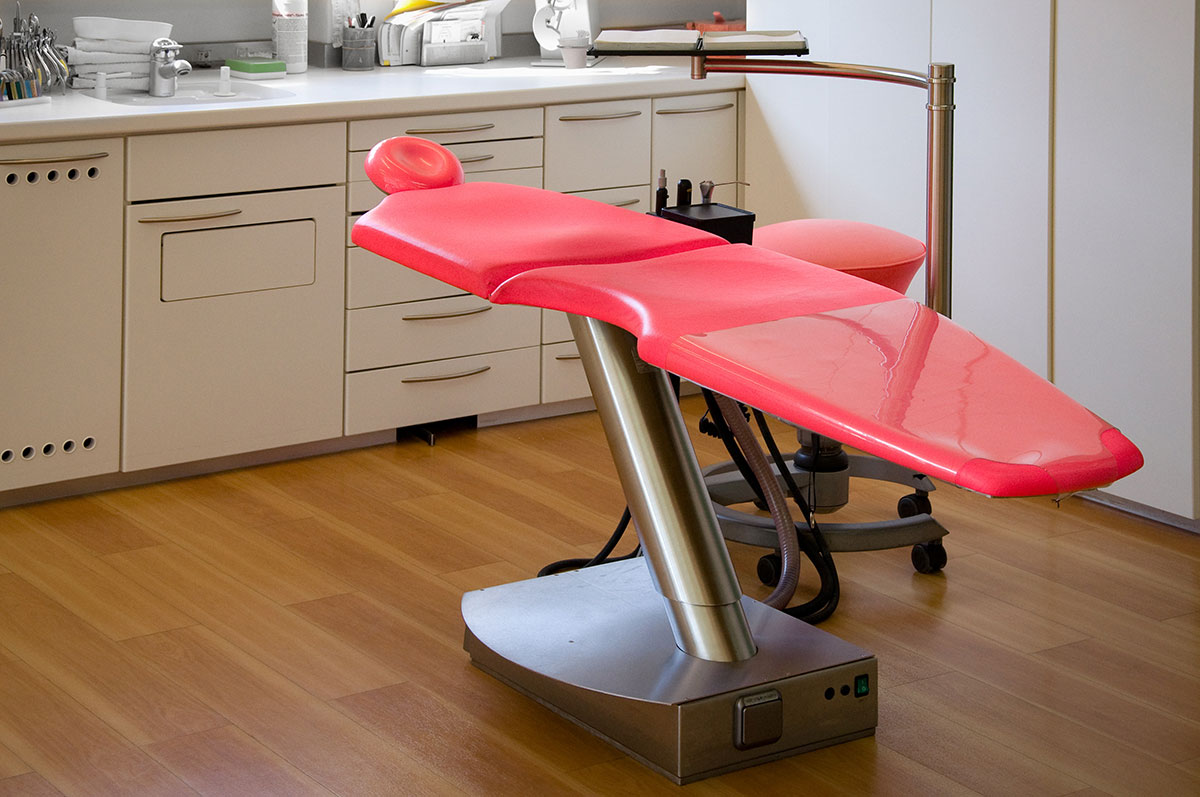
Our world is in the midst of what some are dubbing a “diagnostic revolution” thanks to the increasing use of artificial intelligence (AI) technology to speed and improve the accuracy of medical diagnoses. AI-driven diagnostics are transforming the face of medicine, allowing doctors and other healthcare professionals to make more informed decisions about care and treatments.
To get a better understanding of this diagnostic revolution, it’s important to understand how AI works in the medical field. AI technology is used to identify patterns, detect abnormalities, and draw insights from medical and health data. When data is combined with machine learning algorithms, the AI can process and interpret massive amounts of data faster and more accurately than the human brain, leading to more efficient and accurate diagnoses.
One of the biggest benefits of AI in medical diagnostics is the potential for improved accuracy. AI systems can be designed to recognize patterns and identify subtle differences in data that may point to a specific diagnosis. By leveraging AI-driven algorithms, healthcare providers can get a more accurate understanding of the root cause of a patient’s ailment faster, allowing for more timely and accurate treatments.
AI-driven systems also provide more flexibility in the care environment. With AI-enabled diagnostic systems, clinicians can access data from anywhere in the world, providing them with a global view of a patient’s condition. This can help to improve the quality and speed of diagnoses, allowing doctors to make decisions faster and more accurately.
Furthermore, AI is revolutionizing the way that doctors use imaging technologies. AI-assisted technology can detect abnormally shaped or sized organs and tumors, and can also be used to distinguish between benign and malignant tumors. AI-assisted imaging technology can be used in conjunction with other diagnostic tools to provide valuable insights into a patient’s condition, allowing for more accurate and effective treatments.
AI-assisted diagnostics also have the potential to reduce healthcare costs. By streamlining the process of diagnosis and care, AI can reduce the time and money invested in clinical processes. Additionally, AI can make more accurate diagnoses, which can lead to better outcomes and fewer errors or delays in care.
Finally, AI-driven diagnostics can be beneficial in the fight against diseases like cancer. AI-enabled systems can detect early signs and symptoms of cancer, and can help to identify the most effective treatments for patients. This can help to reduce the death rates associated with cancer, and can improve overall health outcomes.
The medical field is rapidly embracing Artificial Intelligence in medical diagnostics, and with good reason. AI-driven systems offer improved accuracy, flexibility, and cost-effectiveness, all of which can have a dramatic impact on healthcare outcomes. As AI technology continues to evolve, we can expect to see more innovative uses of AI in medical diagnosis, further transforming the face of healthcare as we know it.




